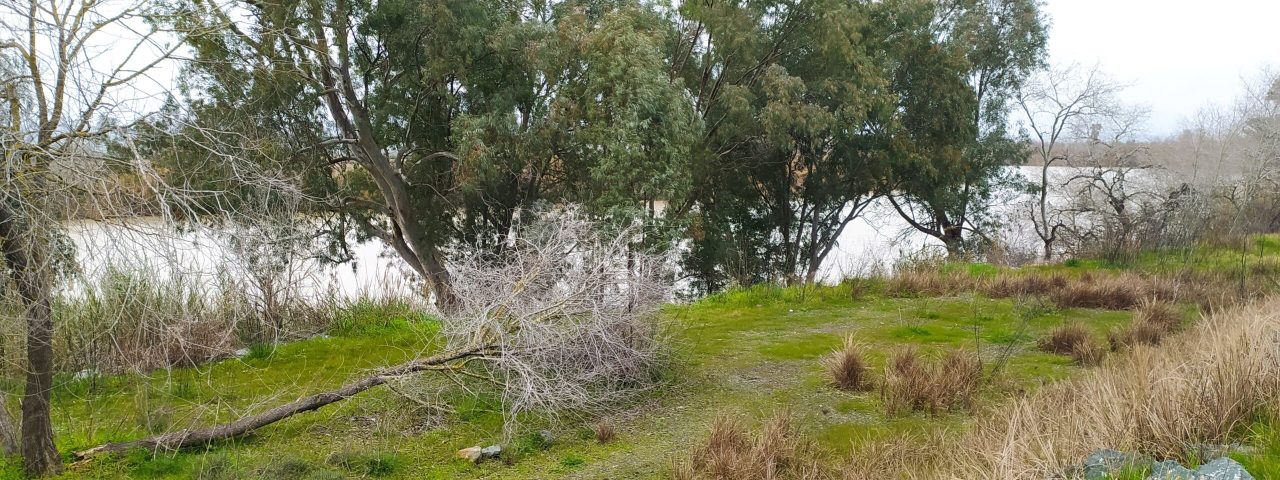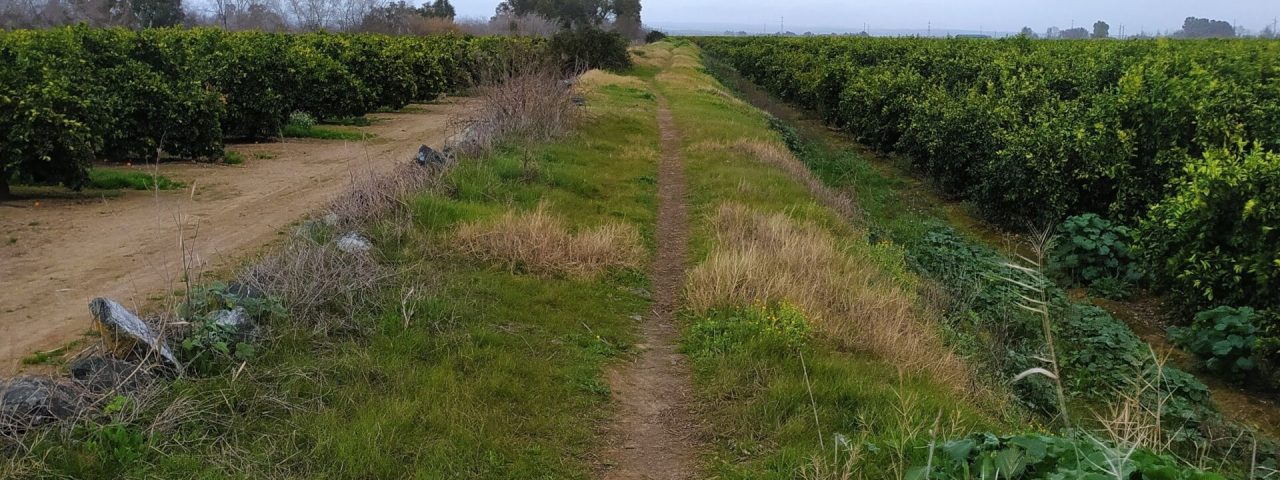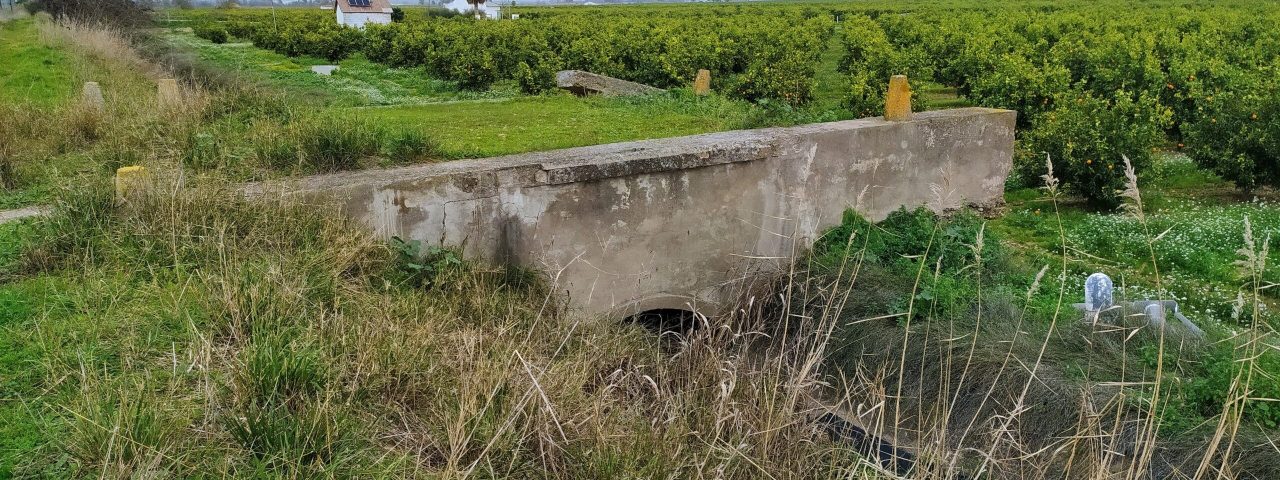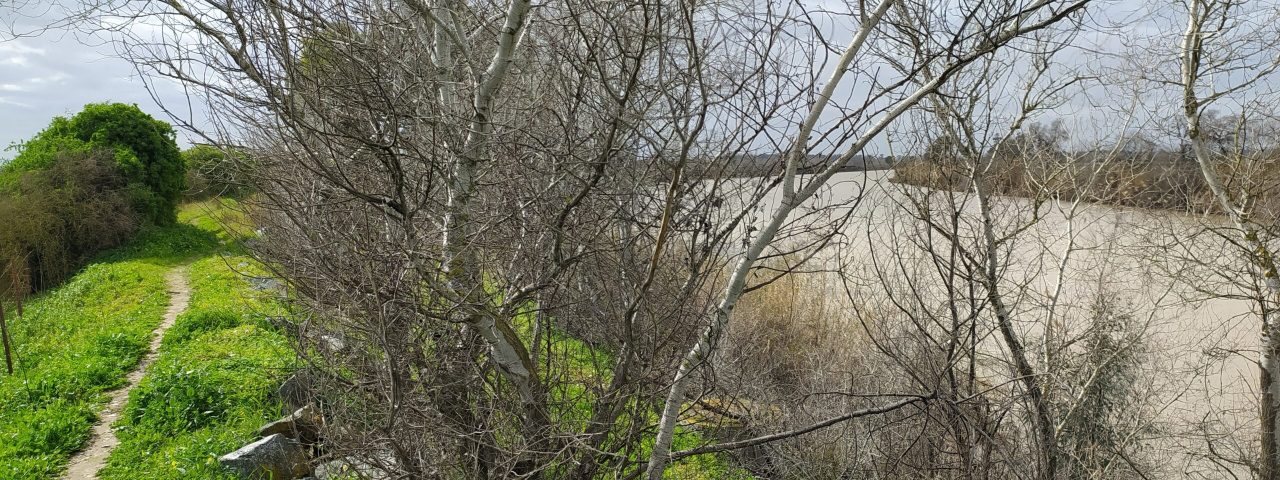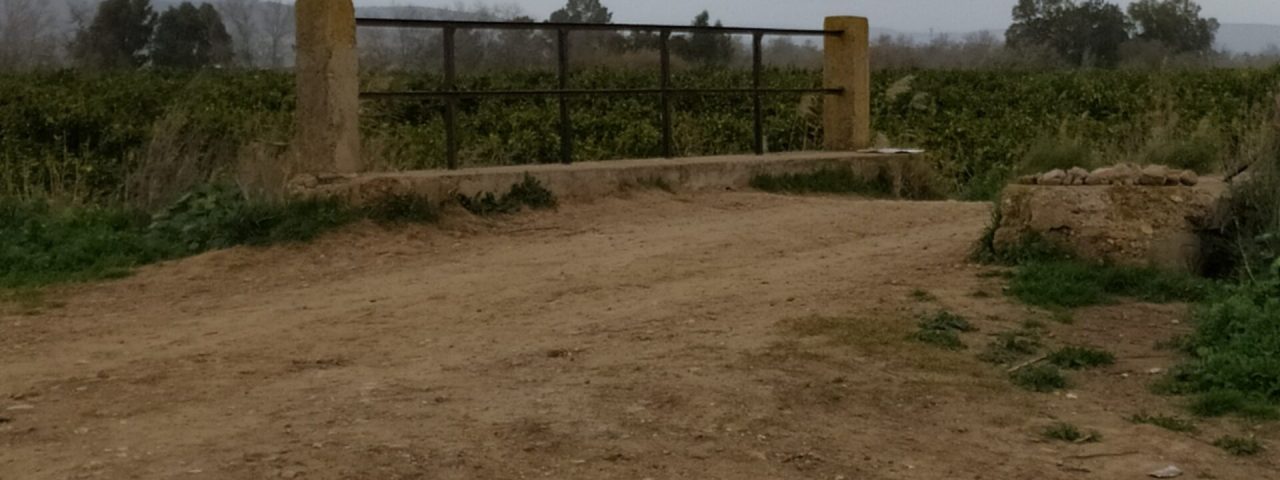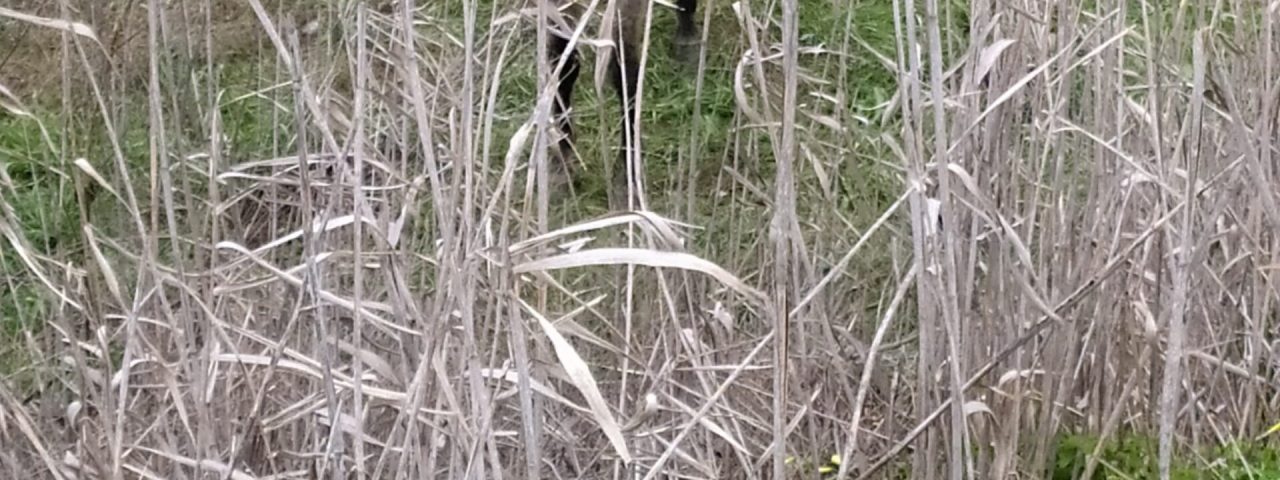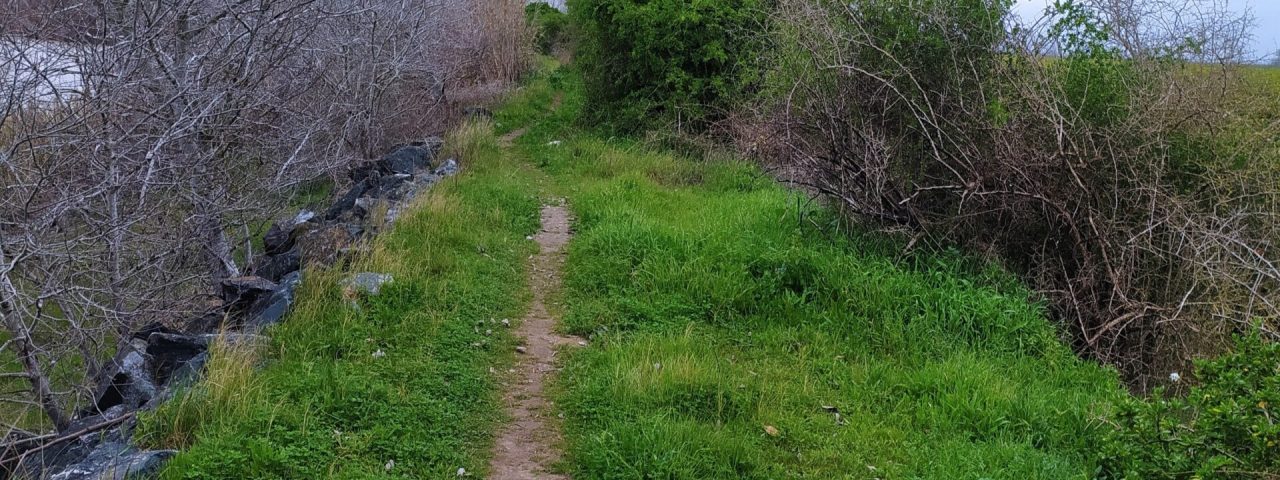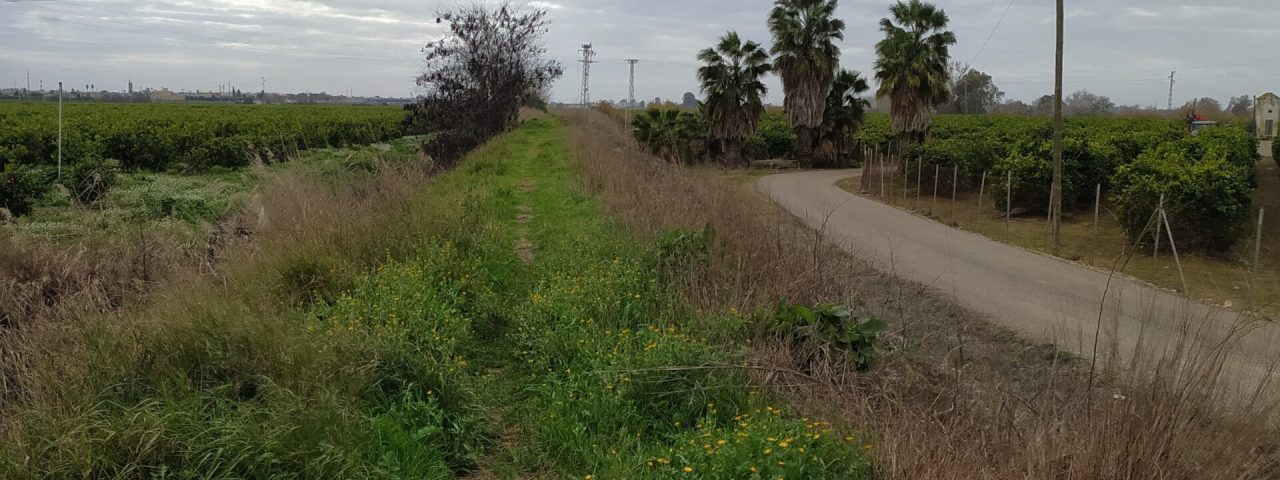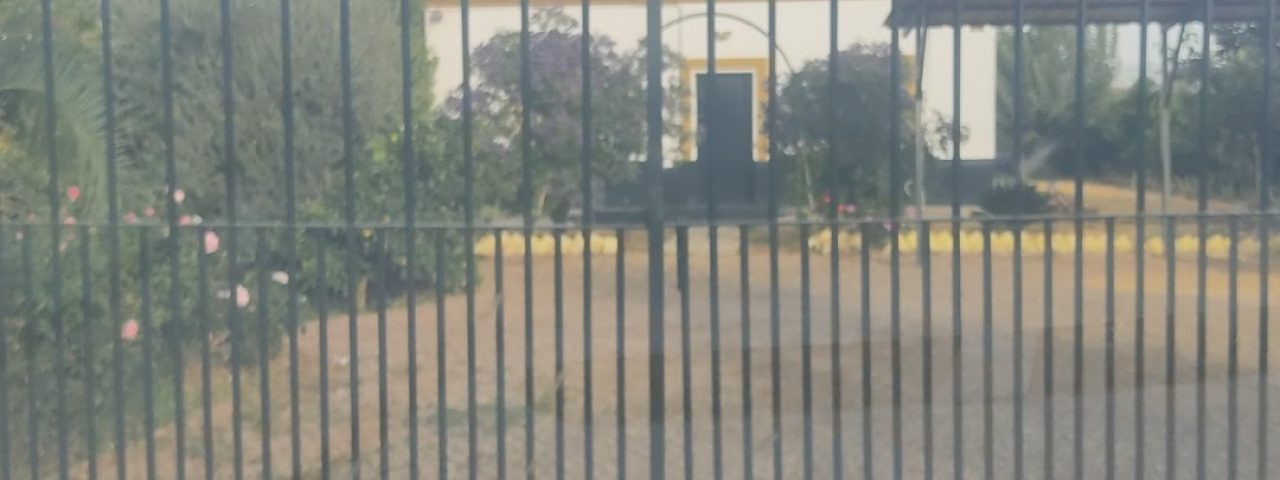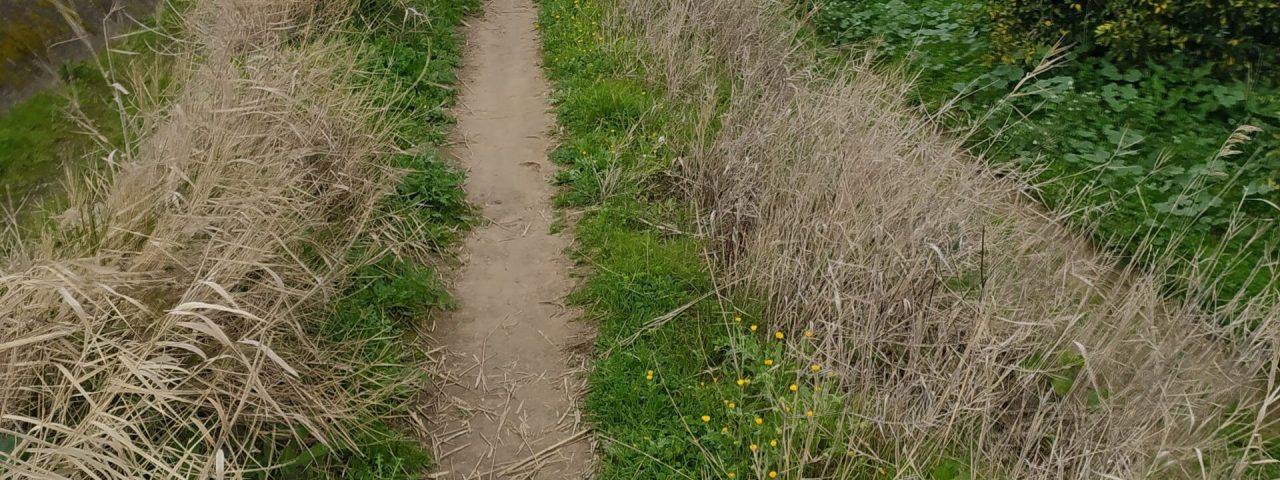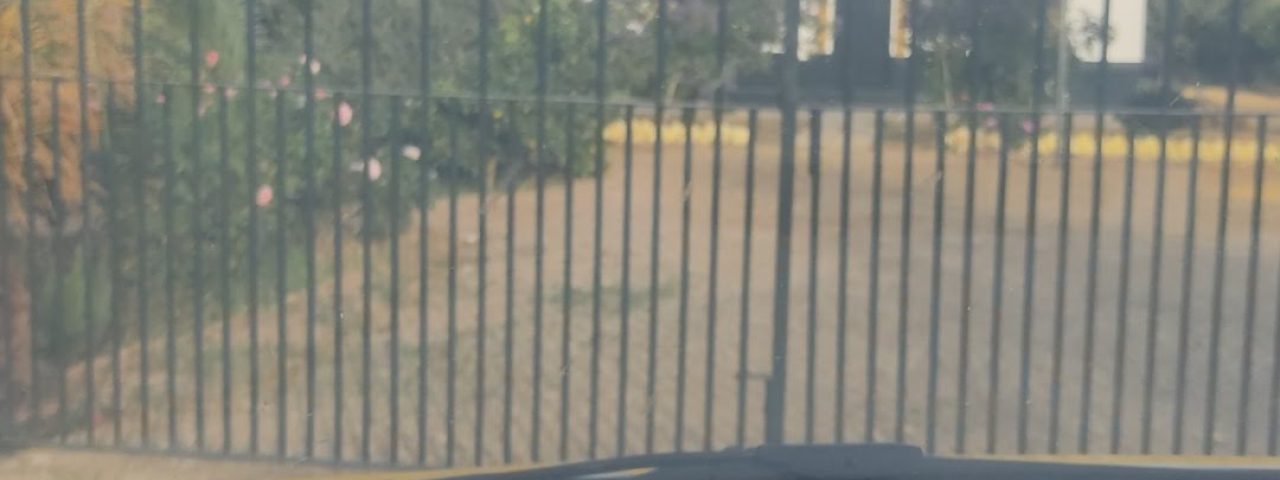The history of Brenes dates back to ancient times, with the region having been inhabited by various civilizations, including the Romans and the Moors. During the Roman period, Brenes played a role as a small settlement in the fertile valley of the Guadalquivir River, benefiting from the agricultural wealth of the region. Later, during the Moorish rule, Brenes grew as a strategic location in the defense of the nearby city of Seville.
Following the Christian reconquest of Seville in the 13th century, Brenes became a small but significant rural town within the Kingdom of Castile. Its historical roots are still visible today in its architecture and the town’s layout, with narrow streets and whitewashed houses that reflect its Moorish and Andalusian heritage. Over the centuries, Brenes has preserved its agricultural traditions, and the town is still closely linked to the rhythms of the farming calendar.
Culturally, Brenes is deeply connected to Andalusian traditions, with religious festivals playing a key role in the town’s calendar. One of the most important events is the celebration of Semana Santa (Holy Week), where processions fill the streets with elaborate religious floats, a deep sense of devotion, and traditional music. Another major festival is the annual Feria, a joyful event filled with flamenco dancing, traditional costumes, and local cuisine, showcasing the town’s vibrant Andalusian spirit.
